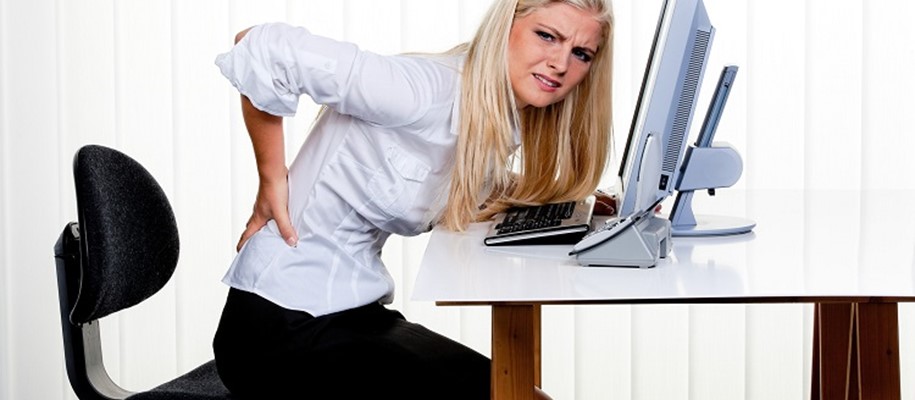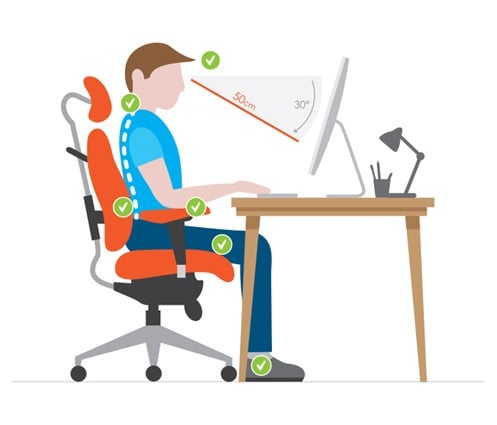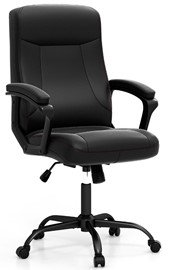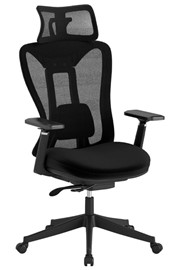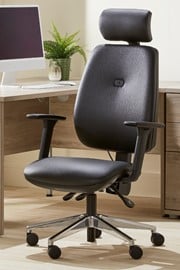A number of studies have shown that prolonged sitting is linked to increased risk of heart disease, diabetes and early death.
“Smoking certainly is a major cardiovascular risk factor and sitting can be equivalent in many cases” explained Dr David Coven in Health Watch.
Coven explains that when we sit down, our bodies go into ‘storage mode’. When this happens, it stops working as effectively as it should.
6) Sitting down causes muscle degeneration
When you slump in a chair, your abdominal muscles go unused, your hip muscles become short and tight, and your glutes do absolutely nothing.
This leads to poor posture, limited range of motion and overall degeneration of your muscles.
7) Sitting down gives us leg disorders
Prolonged sitting can cause a build-up of fluid in the leg veins, known as venous congestion.
You also have the risk of developing a blood clot, which can be deadly if it travels to your heart or lungs (Exactly what happened to NBC News reporter David Bloom).
8) Sitting down makes us more likely to develop kidney disease
Chronic kidney disease is a condition where the kidneys cannot properly filter blood, leading to waste build-up within the body and eventually kidney failure.
A study by the National Institutes of Health, published in the American Journal of Kidney Diseases shows that women were able to lower their risk of chronic kidney disease by sitting fewer hours a day. This risk fell by more than 30% when they cut sitting time from 8 hours to just 3 hours a day.
Similarly with men, who saw a 15% decrease risk of chronic kidney disease when reducing the amount of time spent sat down per day.
And the list keeps going, but I’m not going to include any more doom and gloom here (I think you get the overall gist).
But I go to the gym?
It doesn’t matter. Research shows that even if you are physically active and do 30 minutes or more of exercise a day, you’d still be unable to completely avoid the health risks associated with sitting down all day.
I mean, let’s think about it. I’ll share with you my average weekly schedule from a Monday to Friday (no judging):
7:30 am: Breakfast
9:00 am – 12:00 pm: 3 hours sitting at my desk in front of a computer
12:00 pm – 1:00 pm: 1 hour sitting down and eating lunch, browsing on the computer
1:00 pm – 5:00 pm: 4 hours sitting at my desk working on the computer
6:00pm – 7:00pm: Gym
8:00 pm – 11:00 pm: 3 hours sitting down watching TV/Reading
Despite going to the gym, I’ve still spent a total of 11 hours sitting down, and as we know, that’s not doing me a lot of good.
So, What’s The Solution? I Can’t Just Change My Career?!
No, that would be ever-so-slightly overdramatic. But there are some things I can try to do to ensure that I break the sitting habit, even if it’s just by a little bit.
1) Stand up
A somewhat obvious answer is to spend less time sitting down and more time standing up. Standing desks are slowly becoming more popular, with big names including AOL, Google, Twitter and Facebook integrating them into their workspaces. See how ReadWrite coped when switching to standing desks for one week.
Another option is to alternate between sitting and standing at your work station. There’s a collection of adjustable desks available already, and it’s a bit nicer than a fully standing desk, as it gives you the ability to sit down on particularly tiring days (like Mondays). Explore our curated list of the best standing desks for 2025 by our talented team of experts.
If your boss doesn’t like the idea of standing (get him to read this article!) or it’s just not an option for you, try something like StandApp. StandApp is a mobile and desktop application which uses alarms to remind us when to take standing breaks from our desks during work hours.
2) Sit properly


